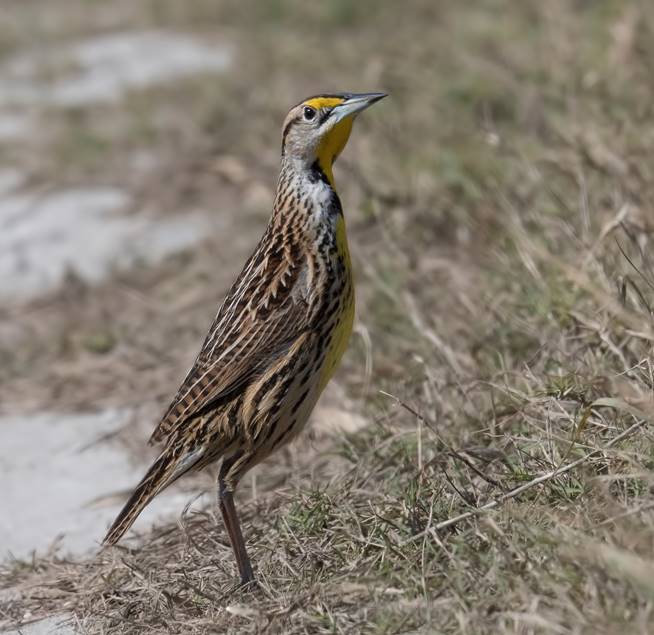How the Finch West LRT project looks for threatened species
Large projects aren’t just about plowing through dirt. The smallest of critters are considered.
May 21, 2019
What’s stronger than a 16,000-pound backhoe? A 150-gram Eastern Meadowlark.
After a brutally long winter, spring has returned to northwest Toronto – along with nesting birds, looking for safe spots to hatch their young.
These small roosts, many quietly hidden away in the natural safety blind of tall foliage, often go unnoticed amid the constant commotion and movement of urban life. It’s why large construction projects planners also have to become wildlife protectors.
While Metrolinx will move through rock and earth to make the Finch West light rail transit (LRT) project a reality – the 11-kilometre line, once completed in 2023, will offer an easier journey across northwest Toronto – the impact on nesting birds is constantly being evaluated. This is being led by Mosaic Transit Group, the contractor selected by Metrolinx and Infrastructure Ontario to design, finance, build and maintain the Finch West LRT project.
“Metrolinx works closely with the Mosaic Transit Group to ensure the natural environment is protected during the construction of the Finch West LRT project,” says Neil Lindley, Metrolinx Vice President, Finch West LRT. “Together, we’re taking the appropriate steps to protect the population of threatened species on the MSF site and other sites along the corridor.”
Preparatory work is starting at four key sites along the Finch West LRT line: Finch West Station, maintenance and storage facility (MSF), Highway 400 bridge, and Humber College at Highway 27.
Tall grasses grow in the fields on some of the sites of Finch West LRT line, such as around the Highway 400 bridge and the MSF, located between York Gate Boulevard and Norfinch Drive.
In the past, breeding birds were observed in the area. Of concern is the Eastern Meadowlark, a songbird that nests in, you guessed it, tall grass. With a melancholy whistle and shrinking numbers, the bird is also listed as ‘threatened’ under the Endangered Species Act (ESA) 2007.
Before starting any work, Mosaic Transit Group, takes steps to not disturb or harm the birds.
As a safeguard, ecological experts were hired to conduct field investigations in summer 2018 to identify birds in the area and their nesting activity, specifically Species at Risk (SAR), Species of Conservation Concern (SCC), and migratory birds at the MSF and Highway 400 bridge sites. They didn’t observe any of these species and found no evidence of birds nesting around the Highway 400 interchange.
That doesn’t mean the search ends. Despite the findings, a conservation approach is being applied during construction.
For instance, Metrolinx bought nearby fields to attract the birds to a more habitable area and support grassland habitat conservation.
The birds are discouraged from settling in an active construction zone as the grass, small shrubs and trees at the MSF site (which must be removed for construction) are cut before the start of the nesting season.
Mosaic will also monitor the site during nesting season to check for birds and nests. If birds classified as threatened are found, construction activities will stop and a qualified biologist will be contacted for advice.
The Finch West LRT will keep Canada’s largest city moving into the future. We just want to make sure we don’t ruffle threatened feathers as we go about that important work.
To learn more about the Finch West LRT project, please visit metrolinx.com/finchwestlrt
Note – This story was updated on May 27, 2019.
by Luiza Sadowski Senior Manager, Community Engagement, Metrolinx,
